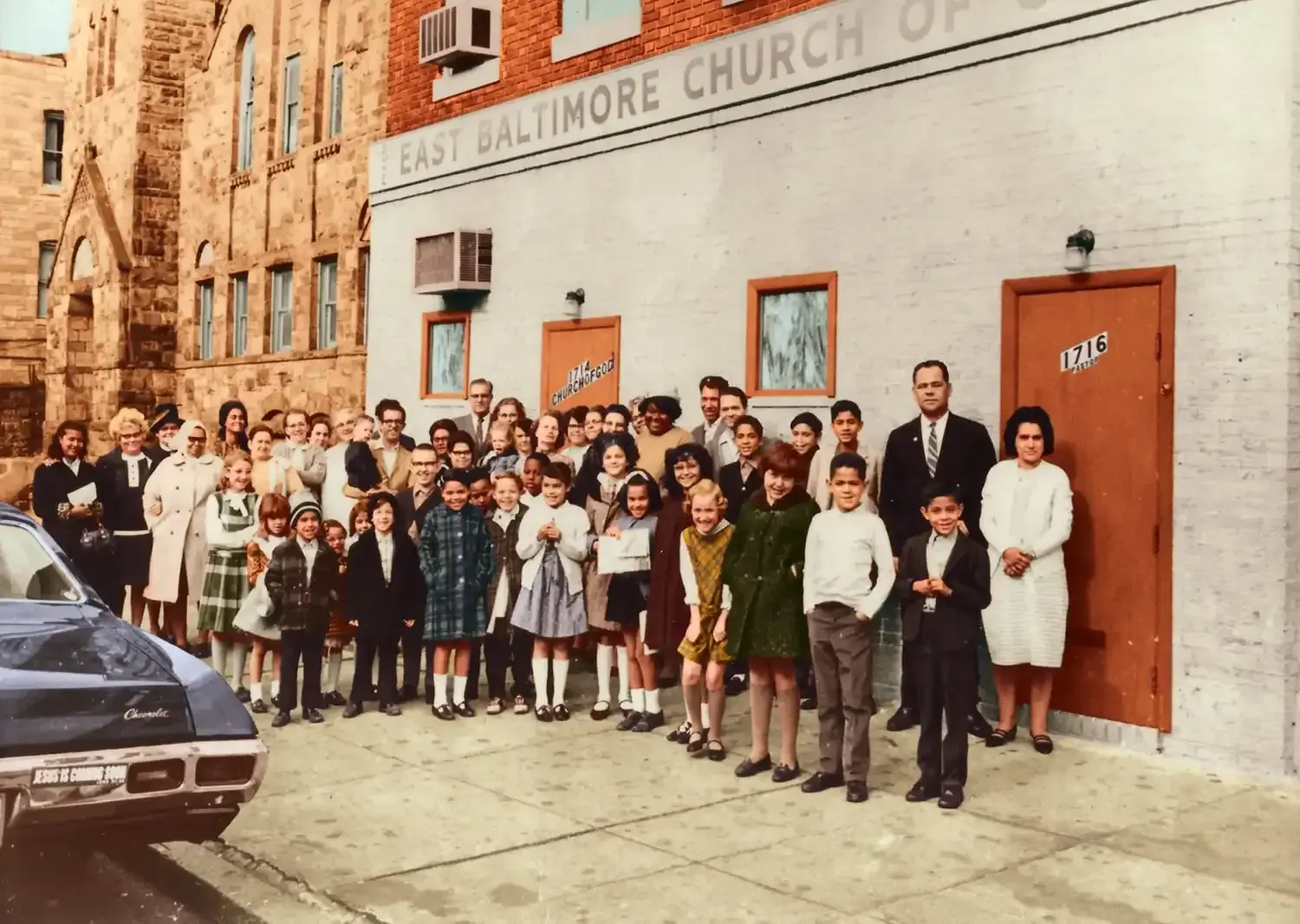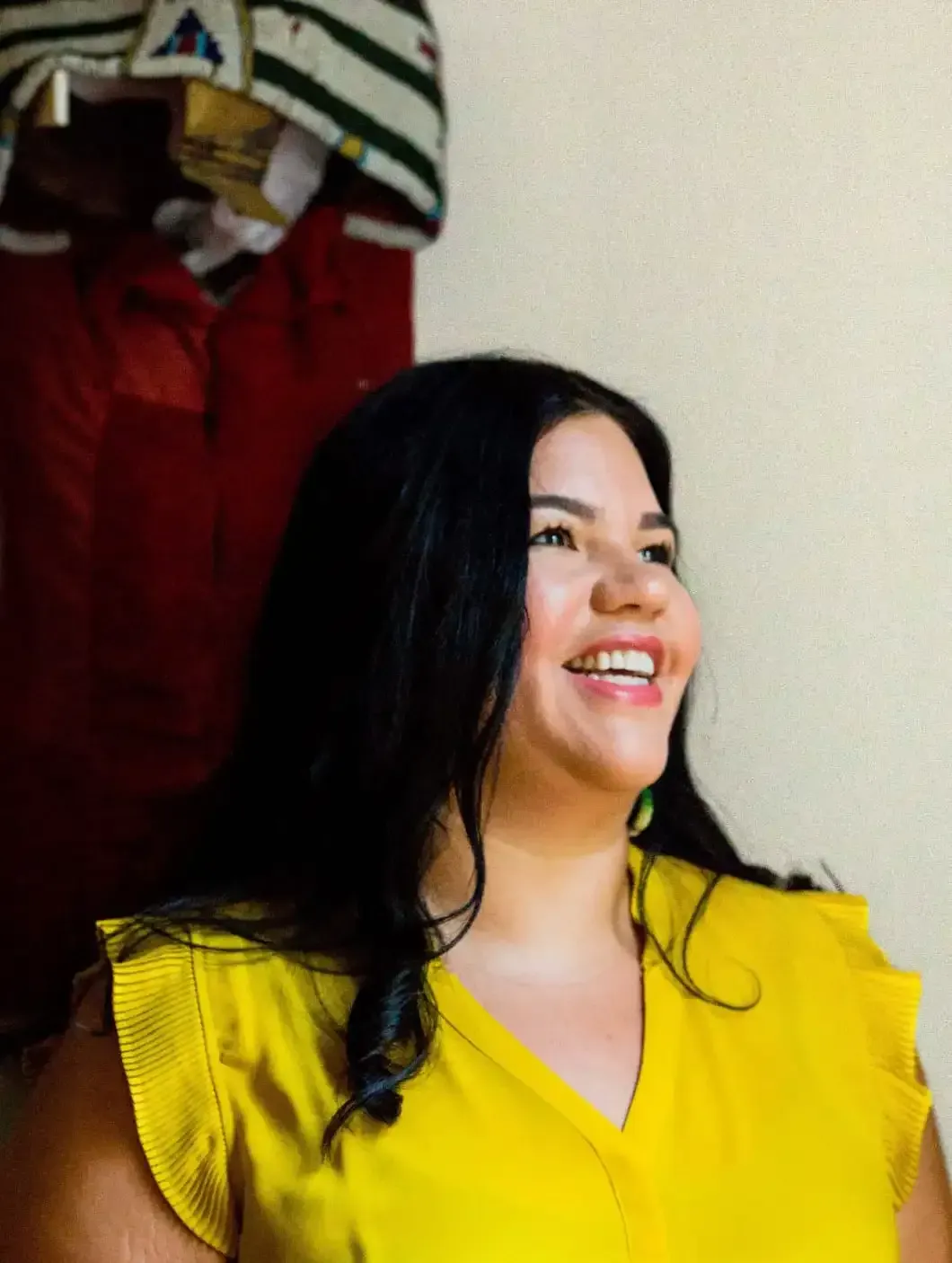MAPPING THE RESERVATION - ASHLEY MINNER ART
BALTIMORE, MD
WE-Making is a suite of resources that explores the relationship between place-based arts practices and social cohesion as a means to advance health equity and community wellbeing. This We-Making story is one example of how place-based arts and cultural strategies uniquely contributed to social cohesion and wellbeing in this community. Throughout this story you’ll see terms paired with actions in parentheses (e.g., social capital, collective action, place attachment, civic engagement, self-determination of shared values). This is to denote for the reader how the WE-Making framework was specifically incorporated. Explore the WE-Making framework and resources.
Image credit: Ashley Minner Art
The place now known as Baltimore, Maryland is part of the ancestral homelands of the Piscataway and the Susquehannock, along with a diverse host of many American Indian nations. In the mid-twentieth century, thousands of Lumbee Indians and members of other tribal nations migrated to Baltimore City seeking jobs and a better quality of life. The majority of Lumbee folks left their lives as sharecroppers in their racially segregated tribal homeland in North Carolina, of which they had been dispossessed through the southern agricultural system. They settled on the east side of town in an area that bridges the neighborhoods of Upper Fells Point and Washington Hill. Here, they created a vibrant, intertribal American Indian community which they affectionately referred to as their “reservation” in its heyday. Many American Indians created a home away from home in this small part of the city (place attachment- sense of belonging), and it became a safe haven and a space of autonomy for them amidst the context of Greater Baltimore, where they were (and are still) neither expected, recognized, nor understood.

In the decades since, due to factors ranging from upward mobility, to Urban Renewal, to gentrification, most American Indian people moved away from the area, which continues to transform. Recent generations never experienced “the reservation” as it was. Today, most Baltimoreans are surprised to learn it ever existed. In fact, most are surprised to learn that there is an American Indian population in the city at all. Members of the American Indian community neither see themselves represented in formal histories nor popular narratives of this place, though they continue to contribute to the cultural fabric and physical landscape that makes it what it is. This relative invisibility has taken a toll on the well-being of our people in myriad ways.

In 2016, community based visual artist and folklorist
Ashley Minner
(Lumbee) began to formalize a very brief walking tour of the historic heart of the American Indian community of East Baltimore. It originally included just three sites active in her own lifetime — South Broadway Baptist Church, the Baltimore American Indian Center, and the Indian Center's Vera Shank Daycare Center. In conversation with her elders, Ashley came to realize there were many more sites of significance that are no longer recognizable on the landscape or prominent in public memory. Through continued conversation and collaboration with elders and other community members and a tremendous amount of archival research, Ashley led the production of several first-of-their-kind resources released this year to make East Baltimore's American Indian history and living heritage visible and accessible to the general public (celebration and preservation of culture). Around fifty sites have been mapped and documented thus far!
The resources include a
print Illustrated Guide to East Baltimore's Historic American
Indian "Reservation,"
a new dedicated website [batimorereservation.com] through which folks can tour the neighborhood virtually and learn more about sources and collaborators on this project, and the
Guide to Indigenous Baltimore mobile app, which is available to download for free on both Apple and Android platforms. The website, in particular, was designed to be accessible to as wide an audience as possible, including folks of all abilities.

Ashley collaborated with folks from multiple niche sectors within the greater field of Arts and Culture to bring these resources to life, including different kinds of designers, photographers, librarians, archivists, humanities scholars, and culture bearers (collective efficacy/action- community ownership). The app, in particular, was developed in collaboration with Dr. Elizabeth Rule (Chickasaw), a scholar who is responsible for the greater Guide to Indigenous Lands Digital Mapping Project, and who has in turn partnered with folks in technology. Cultural Preservation and State Tourism organizations have been following this work closely and have offered to host and promote the new resources in any way possible (collective action, civic engagement- orientation toward common good). The Maryland Historical Trust actually applied for and received funding from the National Park Service to update the historic designations for the neighborhoods where "the reservation" was; this reflects American Indian history and heritage, based on the research of Ashley Minner and collaborators. The "thank you" list on
www.baltimorereservation.com is about a mile long and growing.
A first run of two-thousand print guides are available through three remaining active Indian community organizations in East Baltimore — the Baltimore American Indian Center, South Broadway Baptist Church, and the East Baltimore Church of God. They are also available at a growing list of local culture and heritage organizations like Baltimore National Heritage Area. The guides are also being personally distributed to community members who are ecstatic to see their lives and their work on this project reflected in these forms (social capital- bridging). Approximately 50 American Indian elders and at least one hundred American Indian community members total collaborated to create the resources (civic engagement- orientation toward the common good, self determination of shared values). The elders were always Ashley's primary audience for this work and they are so moved and pleased to now have something they can hold in their hands (check out the reaction of elder Linda Cox
during the launch event at 50:58).
Truly, these public resources produced through place-based arts and cultural strategies are bringing Baltimore's American Indian history and living heritage to light, as well as increasing equitable community well-being. Through the process of creating the resources, the Seniors group of the Baltimore American Indian Center began to meet again (social capital- bonding). Before work on the project, they had not been gathering for several years as their dedicated space was also a casualty of neighborhood transformation. They have since been planning to reunite in person as pandemic conditions improve and the phone calls are flying between them and North Carolina in the meantime. Invitations have come from a wide cross section of different community ethnic and religious organizations, institutions of higher learning, and public health centers to present on this work (social capital- bridging, understanding among community members). Educators have been reaching out about ways to connect and utilize these resources in their classrooms so that next generations of Baltimoreans will know that we have an American Indian community here (preservation of culture).
Perhaps most importantly, American Indian young people in Baltimore now have resources they can point to that are representative of their particular cultures and history in this place. This is so important for self-esteem and any feeling of efficacy in a city that has many ways of convincing us we don't belong or deserve a good quality of life here (mental and physical health- social support and networks). Through this work, we are changing the way people think of Baltimore and American Indian people generally. Together, we are changing their lives.



